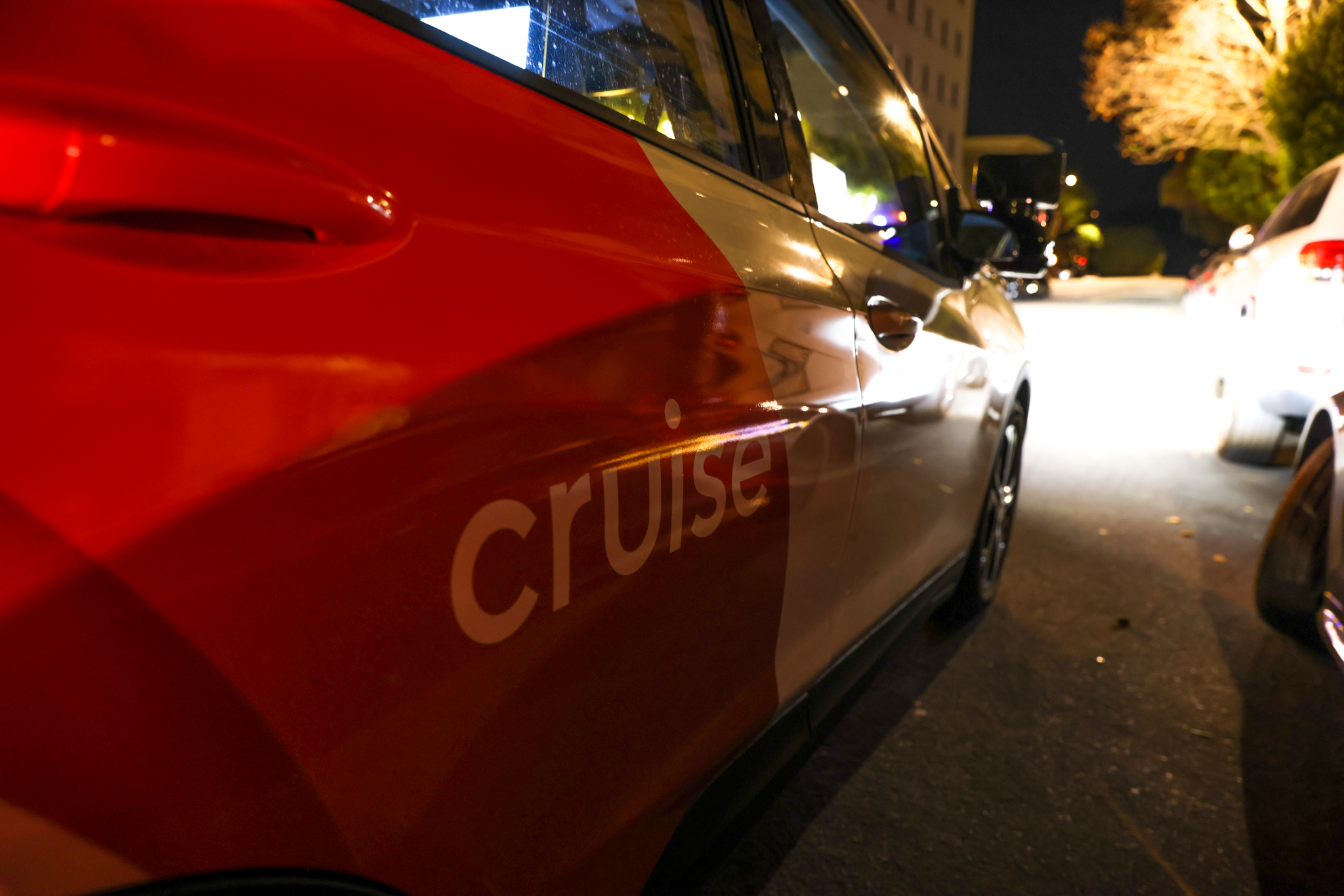Self-driving robotaxi service Cruise said it’s expanding its service across virtually all of San Francisco 24 hours a day—at least for its employees.
It’s a major milestone for the General Motors-owned company, which has used the city, along with its unique topography and tech-oriented populace, as a proving ground for its technology and business model.
The round-the-clock service and fully expanded geography will be available initially to Cruise employees. So-called power users who are part of Cruise’s early adopter program will be given access to daytime rides on the city’s west side and an expanded service area at night.
Some parts of San Francisco remain blacked out for service, particularly hilly neighborhoods in the center of the city surrounding Twin Peaks.
In a General Motors earnings call Tuesday, CEO Kyle Vogt said that the company has nearly doubled its driverless fleet from last quarter from 130 to 242 vehicles operating concurrently, the majority of which are in San Francisco.
“For us, this is a milestone years in the making and represents that our driverless fleet has real commercial value,” Cruise CEO Kyle Vogt said on the call. “We’re completing the work needed to roll it out to the rest of our driverless fleet as soon as we can.”
He reported that Cruise vehicles have driven over 1.5 million driverless miles and that the company is “slightly ahead” of its ambition to hit $1 billion in revenue in 2025.
In response to an analyst question about reducing Cruise’s burn rate—the company cost General Motors around $2 billion in expenses last year—Vogt said that he is focused on achieving profitability and has been looking for “a lot of ways to do more with less.”
Vogt also teased the rollout of its Cruise Origin model, which he said will begin testing in Austin soon. The vehicle, which features a shuttle-like form and no driver’s seat, no brake pedal and no steering wheel, has come under increased scrutiny from federal regulators.
Officials with the San Francisco Municipal Transportation Agency are largely sidelined from regulation of robotaxi services, as autonomous vehicles are largely governed at the state level. However, in part due to a number of incidents when Cruise vehicles blocked traffic or interfered with public transit or emergency services, local transit officials have voiced major concerns with the service to state and federal officials.
The Board of Supervisors approved a resolution in December meant to support SFMTA’s claims and calls for more data sharing. SFMTA did not respond to a request for comment on Cruise’s expansion.
So far this year, Cruise autonomous vehicles operating under a DMV testing permit have been involved in 12 accidents in San Francisco. Cruise vehicles operating as robotaxis in San Francisco have been involved in three collisions in the first quarter of 2023, according to filings with the California Public Utilities Commission.
Billy Riggs, the director of the University of San Francisco’s Autonomous Vehicles and the City Initiative, said Cruise’s service expansion represents a maturing company at the cusp of a big leap.
“What this says to the market, the city and the industry is that this is a company that’s ready to go, the technology is there,” Riggs said. “Now, it’s time to start thinking about what it looks like from a business perspective.”
While he said a handful of “corner cases” have received a bulk of media attention, he said those incidents should be a part of a collaborative conversation between officials at SFMTA and Cruise leadership around safety, data-sharing and service needs.
In an ideal world, Riggs said he envisions a complementary system where robotaxis like Cruise and Waymo can help support and augment existing public transit systems.
“We can have sophisticated conversations about how these services interact with public transit systems that are really on life support right now,” Riggs said.
